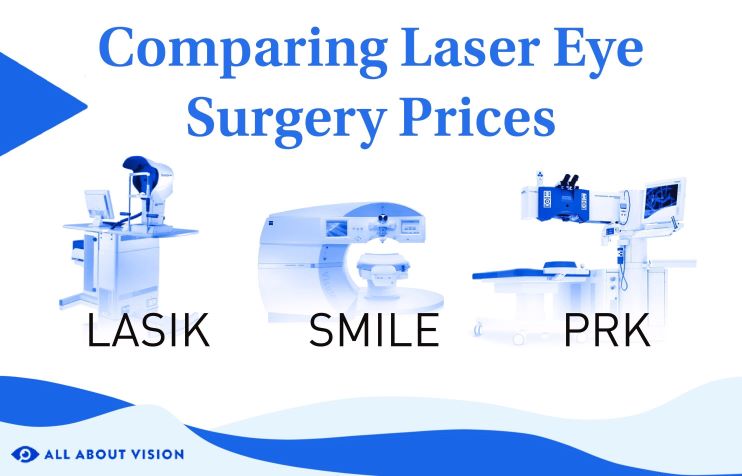
Vision Surgery
Experts explain LASIK eye and vision surgery, including the risks and costs. Learn more about your options so you can better discuss them with your eye doctor.
Related Articles

Compare the cost of different laser eye surgeries and learn what research you should do to get the best value and care for your eyes and vision.

Learn about retinal detachment surgery, from pneumatic retinopexy to scleral buckling, and what to expect before, during and after the procedure.
All About Vision and AllAboutVision.com are registered trademarks of AAV Media, LLC. © 2000-2025 AAV Media, LLC. The content on this site is for informational purposes only. All About Vision does not provide medical advice, diagnosis or treatment. Contact an eye doctor if you need medical attention.